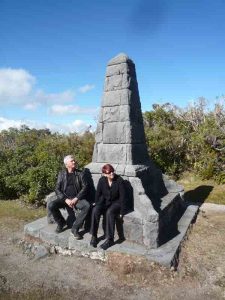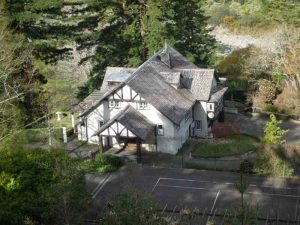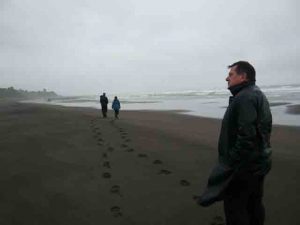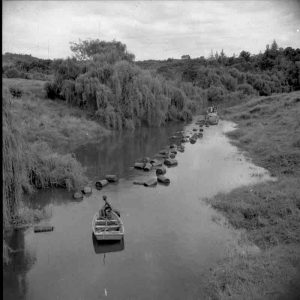Tupare
Feel Like Some Homework?
Letter such as this come in a solid stream too of course so they have the potential to be a prob.
Still, in this case I am going to respond to this letter in detail, not sure why, just seem to be in the mood that’s all and at least the spelling is perfect and it’s polite and I can use it as an exemplar. So, if I can think of any useful angles on any of the questions I’ll post them.
——————————————————————————————————————
wondering if you were willing to answer a few questions for me. I
would just like to get your opinion on a few points.
1. Is there a difference between a photo, or digital image?
2. If so how much/what type of manipulation is acceptable before a
‘photo’ becomes an ‘image’?
3. What direction do you see photography taking in the future?
4. What technological developments will impact on that direction?
5. As a professional photographer has the transition from film to
digital made a big impact on you.
Thank you for your time. I hope you can give me some insight into this
subject. If there is anything else that is related that i haven’t
thought to ask, but you have an opinion on, then please feel free to
let me know.
Your sincerely
**********
What do you photograph?

Often people who I have just met, meaning well, of course, ask me this question. There is usually a second or so pause on my behalf, and probably, a slightly stricken look on my face making the enquirer fire out a couple of quick prompts as if in a play, landscape? people? for example.
I always wish that I could give them a simple answer, to help us both bridge the divide that exists at that point. Coal Miners of the West Coast would be a good one. Lighthouses of New Zealand is another. Samoan Fa’afafine is also one that I would put in there, because these third gender Samoan, hold some genuine photographic interest for me. I want to go to Samoa soon.
It’s an opportunity; if I could speak Dalai Lama responses we would both be able to make progress towards our understanding of each other.
The photograph of the roots is to provide an example of how, if I was to describe literally what I photograph, might not be too helpful. In this case,‘I photograph tree roots’ does not illuminate too much. The real subject is behind this.
The Fingers Theme

This reminds me of a photo that I took of some roots, at Lepperton, an area 30 minutes drive from where I live in New Plymouth. The site was suggested to me. I will see if I can dig up the photo of them.
In this case the photo came about as a result of me babysitting my grand daughter in Auckland a few days ago. Rita, for that is her name, had a fever.
Taheke River
My Father the Boxer
Fights usually took place out on the grass in front of the hotel. The fights I remember were the ones involving my father. He would take out his top denture, put it on a shelf behind the bar for safe keeping, and then step outside to take part in a fist fight. I never saw him show fear and I never saw him defeated. He had fast hands and knew how to deliver a punch. It’s a complex science, involving balance, speed and timing.

I don’t know how often but he ran a boxing gym for local Maori. The gym was in the building
in the top left of this photo. Sadly, it has now gone.
My brother is on the left of the horse, hanging out with a friend. What the horse is thinking I’m not sure.
The gravel road just behind the horse is not someone’s driveway but the main road north. At this time Taheke was about 5 and a half hours north of Auckland, now it is 3 and a half.
I was always impressed by the gym and was encouraged to learn about boxing. I believe that even the limited experience I had of it taught me something. In boxing there is an emphasis on stoicism, even if you’re on the ropes and someone is thumping your head with their fists and you have a funny metallic taste in your mouth you have to keep thinking or else you’re toast. You have to hang in there waiting for the opportunity to strike back. Even though this sort of stoicism is not talked about much now, increasingly I feel that there’s something to be said for the quality.
More Family

Standing outside the Taheke Hotel, here I am with my mother, my father’s father, and my sister. I’m the slightly disturbed looking one in the front, the short one.
Pater, as I had to call my grandfather, was someone I saw on very few occasions in my life. I only have a couple of images of him in my mind. He died not very many years after this photo was taken, in Gisborne, at the age of 88.
I have impressions though. He was dressed in a fashion I was not exposed to much. I don’t remember him in anything else except a three piece suit. I remember how he was different, he was English, having emigrated here as a young man.
He was very strict and formal. Even the name, Pater, was formal. Strangest of all perhaps was that he liked to write poetry. Believe me, to meet a man who was proud of writing poetry was something of a mind bender for someone liked me who was being schooled in the cultural mores of the time. How a proper male should behave was clearly proscribed and strictly enforced. Homosexuals went to gaol.
Something else about him impressed me. He had an air of being somewhat educated. Apart from the priests, teachers, doctors, I didn’t know anyone like this. If fact I have no idea what his education was like, or if his poetry was worthy, none is extant.
Somehow he influenced me though. I’m not sure how, perhaps he opened a window on a different world.






